Games Are a Great Way to Teach Your Pet
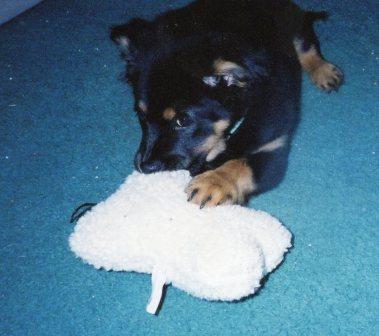
All animals learn through play and learn faster when they are having fun. It's important for us to know how to play correctly with our pets so that they have fun and learn to play appropriately. We need to know which toys are safe for them to play with alone and how to use interactive toys. Most importantly, we need to know how to structure the games to encourage safe play for everyone.
Toys
There several types of toys. Chew toys, feeding toys, and play toys. These are broad categories and it's important to pay attention to how your pet interacts with any new toy. If they are destroying and eating the toy, then they should not be allowed to play with it unsupervised. This is more often a problem with dogs, but cats will also eat/swallow certain things, like string that can cause serious health concerns.
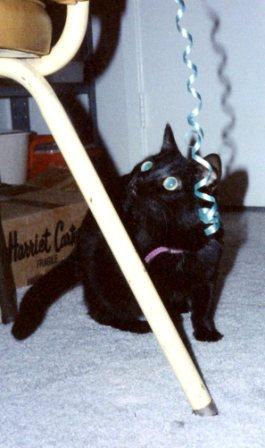
Chew toys are generally objects that can are meant to be chewed and possibly eaten. Teething type objects like sterilized beef bones, double knotted cotton rope toys, Nylabones, Greenies, etc. can all be used to keep your pet occupied. Chewing reduces stress and anxiety and is a normal part of a dog's life. Cats are not usually big chewers, but there can be exceptions.
Feeding toys are a terrific tool to use for cats and dogs. Using feeding toys, like Kongs and many others can help occupy your pet, encourage play, slow down fast eaters, and satisfy their hunting instincts. There are many, many brands of feeding toys, be sure to get the appropriate size for your pet. Large dogs need bigger feeding toys to keep them from destroying the toy. You can also make your own feeding toys, check out our Pinterest page for examples. Again, you need to watch how your pet interacts with the toy to prevent them from eating anything they shouldn't.
Play toys like squeaky toys, stuffed toys, and tennis balls, just to name a few, are toys that pets can and often do destroy if left to their own devices. For animals that destroy and eat the toys, this is not safe. Play with these toys should always be supervised until you are certain your pet will not eat them. But these toys are perfect for playing with your pet and this type of interaction can help you build a better relationship with your pet and help you teach them. Games are a great reward for most pets and can be used to great effect during training.

Games
Young animals play games with their littermates and parents learning to communicate, play appropriately and hone physical skills they will need as they grow. Many of our pets are taken from their littermates too early to learn some of these skills, and playing with another dog or cat is different from playing with a human. Animals have thicker skin and fur to help protect them from sharp teeth and nails, we don't. So kittens and puppies need to learn to be more gentle when they play with us. Playing games and setting firm boundaries for them is a wonderful way to teach appropriate play.
There are a lot of old ideas when it comes to playing certain games with your pets. The more we learn about animal behavior, the more we can see that those old ideas don't really apply. Different games help teach different skills. The thing to remember is, you make the rules!
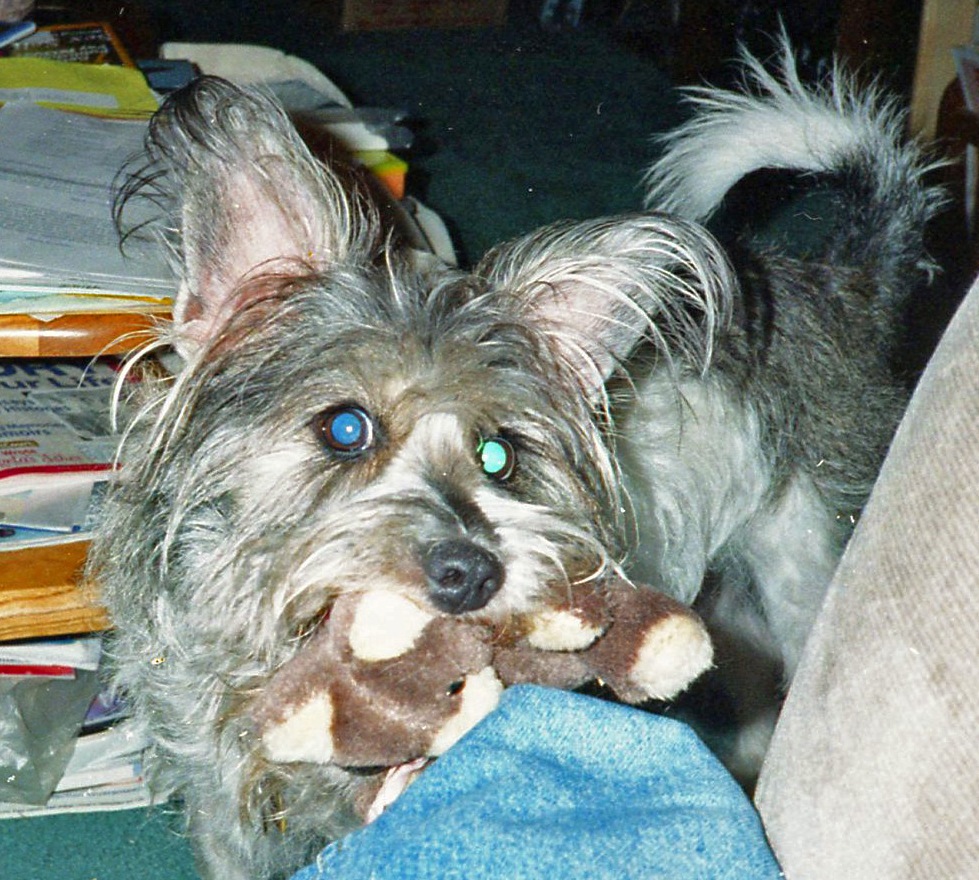
Puppies and kittens love playing games. Cash in on this by insisting that your pet plays by your rules - your way or no play. Anytime that your pet gets overly excited during a game, the game ends. No fuss, no confrontation, simply stop the play, walk away if you need to. Resume the game when your pet has calmed down.
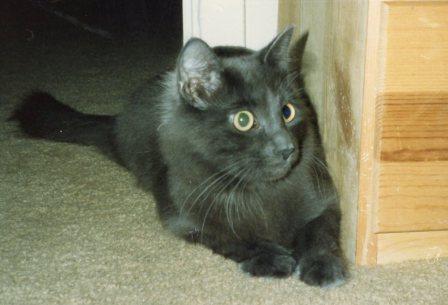
Do not play roughly with young animals. Rough, out of control games only teach your pet how to be rough and out of control, and teach your pet not to trust you. If play with your pet includes biting on skin - you are inadvertently teaching him to bite YOU and everyone else in your home!
The one rule that holds for all games is that your pet is not allowed to plant teeth on any human body part. They can tug on rags or toys instead of arms, hands and feet.
Fetch, hide & seek and find it games are the most productive, stimulating games to play.
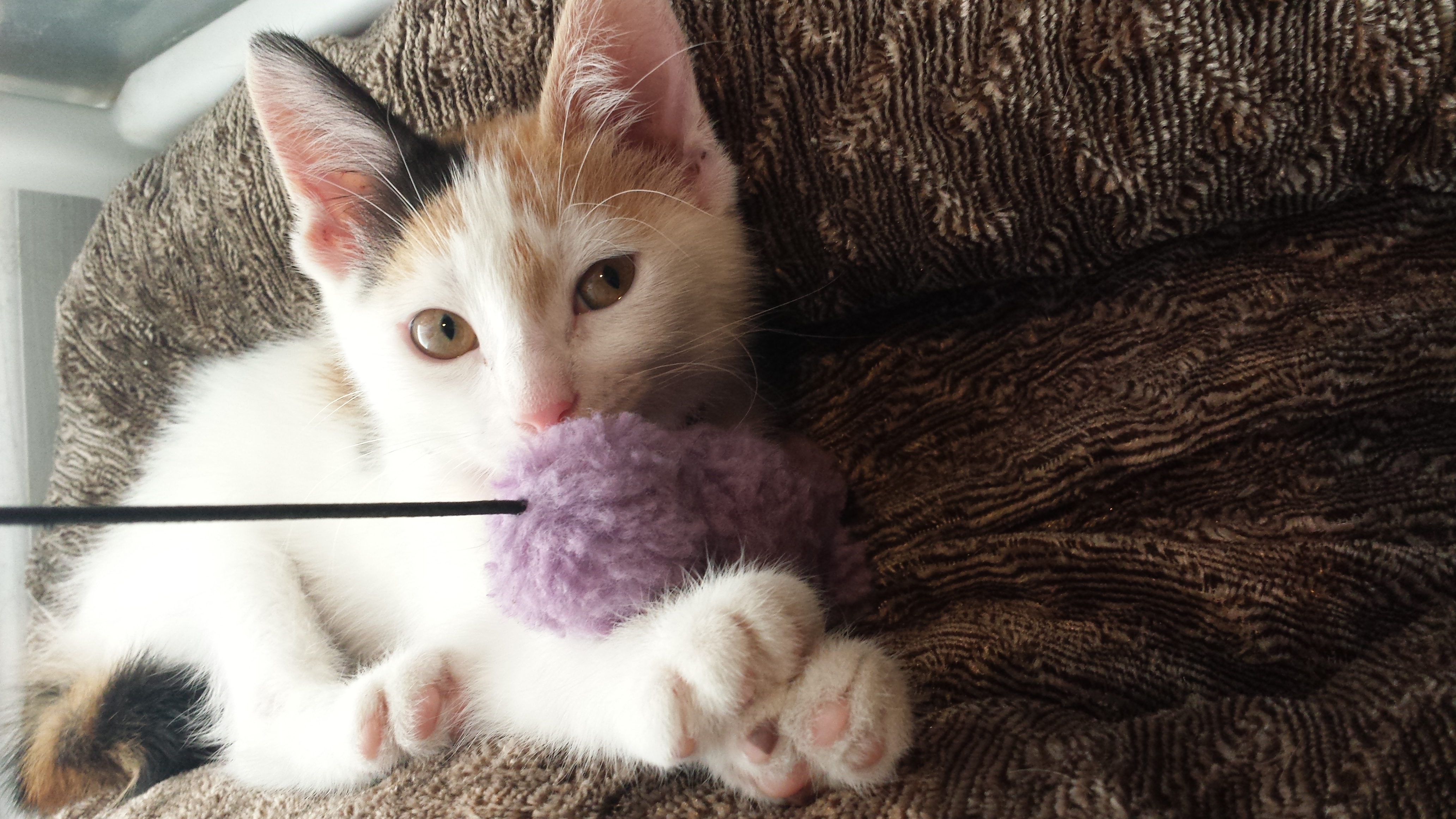
Things to remember:
- Teach your puppy/kitten to chew on the correct items by bringing attention to his chew toys.
- Do not chase your pet if they are chewing on something they shouldn't have. Calmly trade the object for one of his toys or a treat.
- You start the game - you control the level of the play session - you decide when to end the game.
Shouldn't Your Pet Have Pawfect Manners?
You can have a well-behaved pet, let me show you how.
Schedule Your Class!(281) 440-6818
judy.pawfectmanners@gmail.com